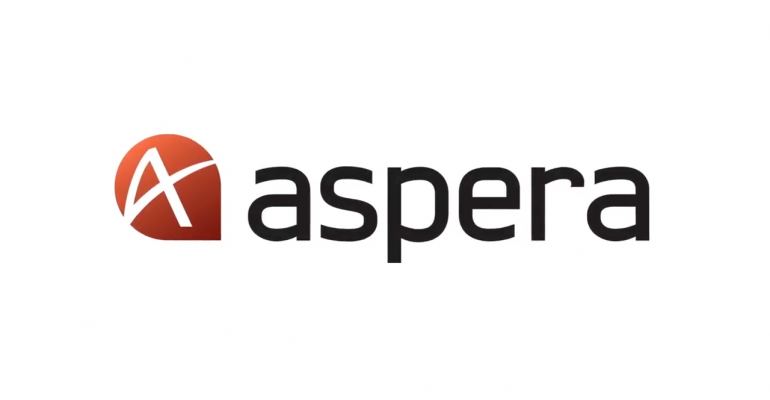Frequently Asked Questions About Aspera

Introduction
As business practices evolve to become more technology-dependent, we’re finding that many organizations are actively seeking to better understand solutions and strategies that both support business continuity and agility through technology-focused solutions. This evolution couldn’t be more true in the world of file transfer. Once slow and susceptible to bottlenecks, file transfer solutions have radically evolved to support the challenges of businesses today.
Solutions such as IBM’s Aspera utilize a patented file transfer protocol known as FASP or Fast and Secure Protocol to transfer files at lightning speeds in comparison to traditional file transfer methods. So much so that this protocol can transfer data up to 100s of times faster than FTP or HTTP!
The patented IBM FASP transfer protocol can:
- Transmit data up to 250 Mbps bitrate, faster than common protocols like FTP
- Can share 100 TB of data per day
- Support on-prem or cloud deployments
So of course, with such a fascinating technology there are going to be lots of questions! We’ve put together this quick write up to address some of the common questions that arise as PacGenesis clients consider the features and value of IBM’s Aspera file transfer solution.
How is Aspera’s FASP Protocol Different from Other Protocols Like HTTP and FTP?
When data is transmitted via the FASP protocol, it’s transmitted in a fundamentally different way compared to other transfer protocols like HTTP / FTP. When data is sent via HTTP / FTP packets are sent between the sender and receiver and once the receiver accepts the data packet, it returns a recognition to the sender. FASP, in contrast, does not require an acknowledgment from the receiver after every packet is sent.
Since FTP waits to hear back whether the packet was successfully received, this protocol is great for minimizing data loss since every packet is verified by the receiver. However, this characteristic creates a massive overhead in data transmission. Since FASP is not waiting to hear back from the receiver, there can be a risk of the sender not being notified of a lost data packet in the transmission of data. To combat this, FASP has built-in proprietary packer loss reduction mechanisms to ensure data isn’t lost in the transmission process with FASP.
Is My Data Safe When Using Aspera?
Yes, in fact, Aspera using the FASP (Fast and Secure Protocol) is founded on a very safe and secure data transmission protocol. First off, FASP has built-in security mechanisms that do not affect the transmission speed. The security methodology used in the transmission of data is supported by the AES-128 (or 256) encryption algorithm. This is achievable through encrypting prior to flight and decrypting following the transmission of sensitive data. This AES encryption algorithm is processed with a cipher feedback mode with a secret initialization vector to support encryption and decryption.
How Is Aspera Deployed?
Aspera is server-based software that can be deployed on-premises or within a public or private cloud environment. Since Aspera is a server-based deployment and can be easily configured within any environment, you don’t have to consider a sizable IT refresh to accommodate the solution. Aspera also allows for SaaS based options where there are no deployment considerations, and customers can leverage the power of Aspera and simply manage users within their organization.
If you’d like to work with a trusted partner in the deployment or implementation of Aspera contact us today! At PacGenesis we are an IBM Gold Business Partner recently receiving Gold partner status within the IBM PartnerWorld ecosystem!
To learn more about PacGenesis, follow @PacGenesis on Facebook, Twitter, and LinkedIn, or go to www.pacgenesis.com.




